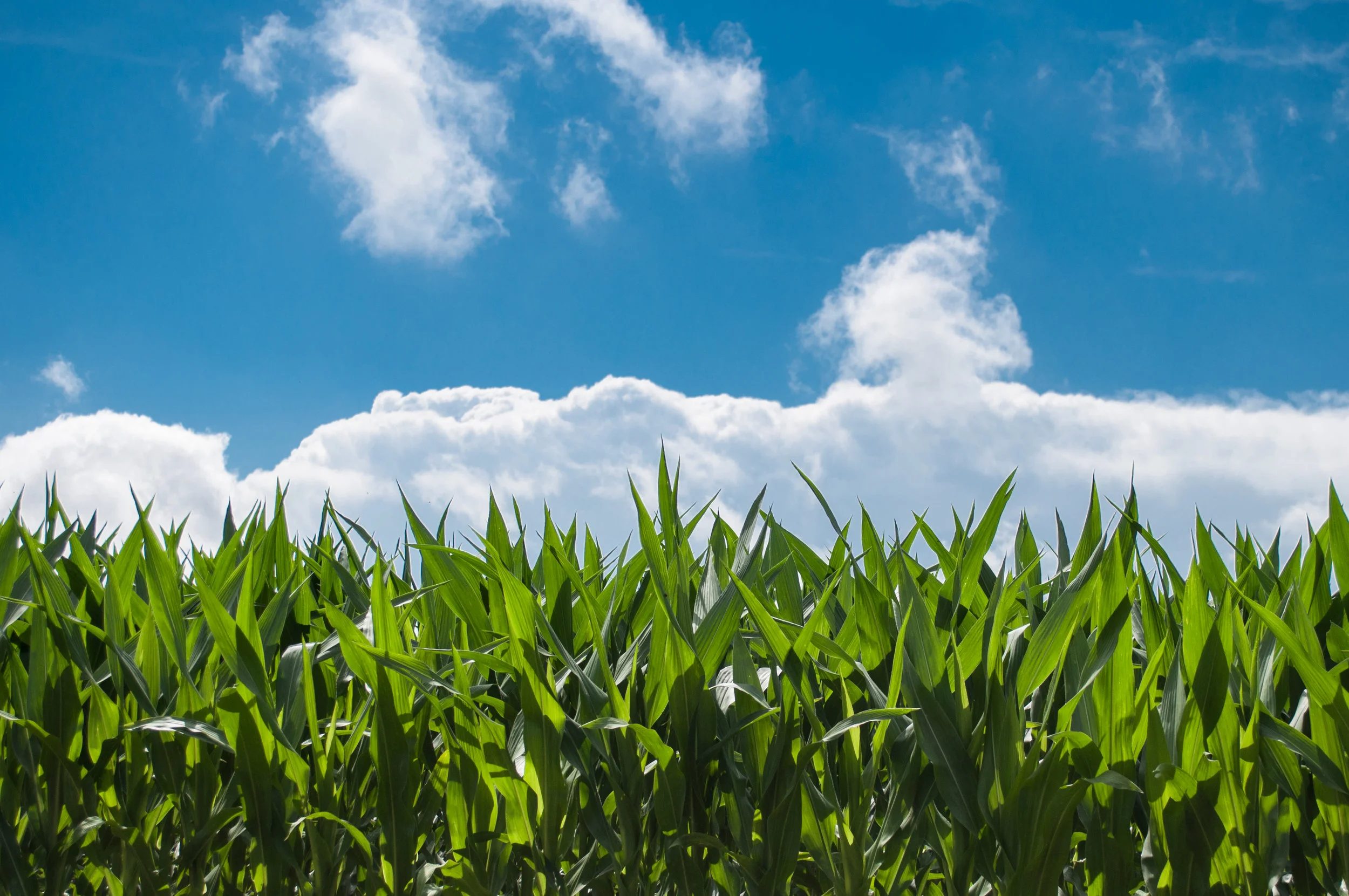Bioenergy
Bioenergy comprises of different forms of usable energy obtained from materials referred to as biomass. A biomass is a biological material in solid, liquid or gaseous form that has stored sunlight in the form of chemical energy. Excluded from this definition is organic material that has been transformed over long periods of time by geological processes into substances such as coal or petroleum.
Several types of biomass can be used, with the proper technology and equipment, to produce energy. The most commonly used type of biomass is wood, either round wood or wood waste from industrial activities. Wood and wood waste can be combusted to produce heat used for industrial purposes, for space and water heating, or to produce steam for electricity generation. Through anaerobic digestion, methane can be produced from solid landfill waste or other biomass materials such as sewage, manure and agricultural waste. Sugars can be extracted from agricultural crops and, through distillation, alcohols can be produced for use as transportation fuels. As well, numerous other technologies exist or are being developed to take advantage of other biomass feedstock.
Suitable Locations
With its large landmass and active forest and agricultural industries, Canada has access to large and diversified biomass resources that can be used for energy production. The most important type of biomass in Canada is industrial wood waste, especially waste from the pulp and paper industry, which is used to produce electricity and steam. Every year, more than 400 petajoules of bioenergy are used in the industrial sector. The pulp and paper industry is by far the largest industrial user of bioenergy, which accounts for more than half of the energy used in this industry.
At the end of 2014, Canada had 70 bioenergy power plants with a total installed capacity of 2,043 megawatts, and most of this capacity was built around the use of wood biomass and spent pulping liquor, as well as landfill gas. In 2014, 8.7 gigawatt hours of electricity were generated using wood refuse, spent pulping liquor, landfill gas and organic municipal solid waste. Most of the biomass-fired capacity was found in provinces with significant forestry activities: British Columbia, Ontario, Quebec, Alberta and New Brunswick.



